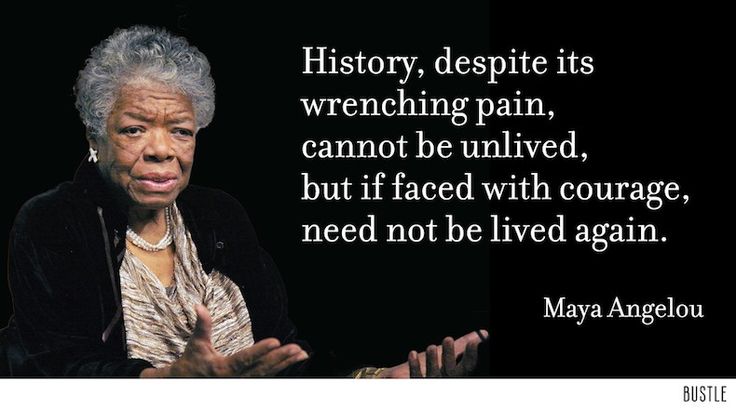I found the website pages that spoke of “Black Lives Matter” to be an inspiration for writing about the injustices directed at immigrants and refugees and minorities throughout the United States, most specifically African Americans. Focusing on these issues and thoroughly discussing them is a good way for the next generation to understand the immorality of discrimination, and hope that they will make better, fair choices for a bright future for everyone. The first issue to discuss would be the issues of the Museum Bloggers who spoke of the events that transpired in Ferguson, Missouri. The information I reviewed in the blogs describes how the town of Ferguson is the center for issues involving past racial tensions, and attempted resolution to these problems following years of problems and certainly exacerbated by a police shooting by a white police officer of a black young man. Throughout the United States; colleges, schools, and other facilities dedicated to educating the public should be helping to advocate about the issues in Ferguson to many students. “Institutions designated for public benefit should promote greater social justice.” (Joint Statement from Museum Bloggers and Colleagues on Ferguson and Related Events.) I share that conviction. I believe American museums that have exhibits dealing with racial inequality or injustice are helping to educate and inform. It is crucial that citizens are ensured of the ability to become aware so they can, in turn, influence younger generations. Such institutions such as libraries and museums often will have conference rooms or auditoriums that are available to various community organizations for meetings and informative seminars.
Ferguson has caught the attention of the museums and historic centers that are helping to bring awareness in African American history and culture. The Association of African American Museums (AAAM) have noticed many bloggers and other groups of individuals who are forming collaborative responses to new occurrences. From the Northwest African American Museum (NAAM), Chieko Phillips and Leilani Lewis wrote in the AAAM newsletter detailing their institution’s response to the shooting of Mike Brown. Both Phillips and Lewis have worked for many years to ensure the success of collaboration ensuring the sharing of accurate information. I find this kind of news influential in getting the public to become aware of what sort of racial injustices are occurring within the U.S. It is of crucial importance that museums respond to their communities, as they are “dependent on their audiences and the communities that support their staff.”
Alicia Garza wrote her opinions on the Black Lives matter campaign. Garza wrote, “Black Lives Matter is a unique contribution that goes beyond extrajudicial killings of Black people by police and vigilantes” The growth of what began as a social media hashtag has become part of our social vernacular. And, according to Garza, “goes beyond the narrow nationalism that can be prevalent within some Black communities . . .”. The Black Lives matter campaign brings to light not only the unjust killings and mistreatmentd that have occurred in communities throughout the United States, but the injustice in regards to human rights of all kinds from the judicial system to housing and beyond. She notes that “half of all people in prisons or jails” are black. The National Museum of African American History and Culture in their effort to exhibit and document the Black Lives Matter campaign have collected “artifacts and ephemera of the campaign, which was founded online by three black women in 2012.” Working on the hope that awareness can bring change, these dedicated historians and archivists are recoding history and hopefully bringing change. Throughout history, people like Denmark Vesey during the early nineteenth century organized and fought for “freedom and civil rights.” It is an ongoing struggle as racism still exists today and one that museums can play an important role in being “physically and virtually relevant.”
Trustee Zachary Aarons, of the Lower East Side Tenement Museum, describes their museum as one trying to demonstrate the commonality of Americans. After all, we are almost all immigrants and there is much to celebrate in America with what our country has become with the contributions of so many. Aarons notes that even in their museum, there are “Jewish, Italian, Irish, Latino and Chinese, among others.” Of particular interest is the utilization of immigrants working within museums. Two museums have implemented such programs such as the “Louisiana Museum of Modern Art in Denmark and ROMU the Danish museum in Roskilde, Lejre.” At the Pergamon Museum, the Bode Museum and the German Historical Museum, Germany is experimenting with Syrian and Iraqi refugees working as tour guides that enables the participant and tourists to experience different cultures and to be able to familiarize themselves with their new homeland. “We believe that our strength lies in our diversity among the broad range of people and museums we represent.” That is the belief of the American Alliance of Museums. The core values followed by the Alliance will help to provide resources that will enrich the lives of their communities and future generations.

